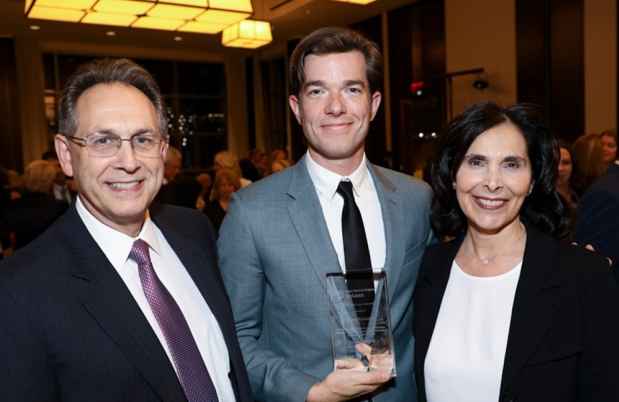When Bill and Barbara Boger learned of plans for a Division of Psychotic Disorders at McLean, they saw an opportunity to make a lasting difference through their philanthropy. The Bogers, McLean National Council members and longtime donors, have contributed to many clinical and research endeavors at the hospital over the years, often helping new initiatives get their start. In 2009, they saw the chance to lend both early and enduring support by establishing the Boger Bipolar Disorder Endowed Fund to help McLean launch the new division.

Under McLean’s leadership model that evolved from its strategic plan, the hospital created the Division of Psychotic Disorders, led by Dost Öngür, MD, PhD, and the Division of Alcohol, Drugs, and Addiction, led by Roger Weiss, MD, in 2009. These divisions and others to come are aimed at focusing the hospital’s clinicians, researchers, and educators around specific illness areas, encouraging collaborations within and across disciplines, and increasing evidence-based treatment practices. Since their inception, the psychotic disorders and addictions divisions each have enjoyed a steady stream of integrative activities.
Öngür, recipient of Harvard Medical School’s 2009-2010 Young Mentor Award, is harnessing efforts around three areas: raising awareness of and monitoring metabolic syndrome, a serious medical condition associated with antipsychotic medications; quantifying practice patterns, principally around patient medication use, to glean information for quality improvement initiatives; and developing a database of McLean patients who are interested in and appropriate for clinical studies designed to further research in psychotic disorders.
In the Division of Alcohol, Drugs, and Addiction, new educational offerings are bringing together clinicians and researchers to share information and insights. “In the past, many of us have worked in relative isolation, not knowing much about the activity taking place outside our building, even among members of the McLean community who share our interests and may be able to participate in mutually beneficial collaborations,” says Weiss, who has served as clinical director for the Alcohol, Drug, and Addiction Treatment Program for more than 20 years. “The new divisional model is helping us form connections that never before existed.” However, he adds, the model’s greatest beneficiaries are patients. “Patients within the various treatment programs can be assured they are receiving a single standard of high-quality, seamless care based on the latest research.”
Media Requests
Journalist or member of the media? We are available 24/7 for media requests.



